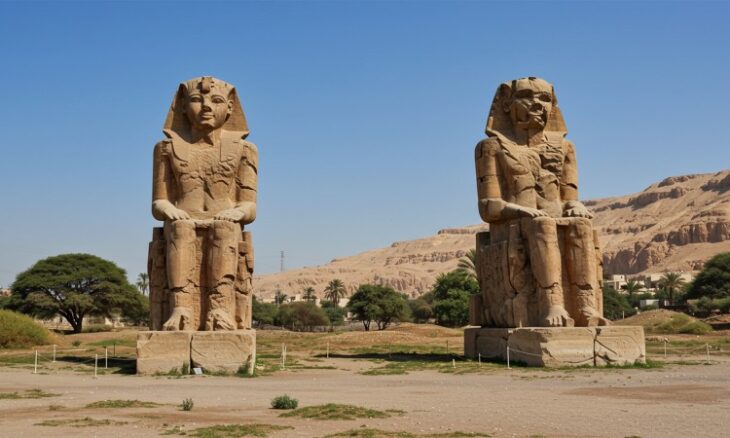Mixed Reality Revolutionises Egyptian Museum Experience
A new mixed reality initiative in Egypt is reshaping the traditional museum experience by integrating advanced visual technologies with ancient artefacts. This development, led by virtual transformation specialists, represents a significant technological step for cultural institutions across the country. Visitors can now explore historical exhibits with smart headsets that project contextual information, reconstructed scenes, and layered multimedia content directly into their field of vision, allowing them to feel visually and emotionally transported to ancient civilisations.
The smart headsets employ Mixed Reality technology, which combines the museum’s physical environment with holographic overlays. These digital layers include detailed visual models, factual text, and sound effects designed to amplify the educational value of every display. Rather than simply viewing an artefact behind glass, guests experience a dynamic presentation that offers additional depth, such as reconstructed temple settings, ancient city soundscapes, and contextual visual guides. The goal is to enrich understanding by placing objects within the environments in which they once existed.
To achieve this enhanced experience, the project utilises advanced scanning techniques. Engineers have captured precise digital representations of artefacts through 3D laser scanning and ultra-high-resolution photography. The resulting models are refined with specialised design software to reconstruct lost structures and scenes from antiquity. The digital assets are then synchronised with animated sequences, audio narration, and on-screen information, producing a seamless fusion of physical exhibits and virtual storytelling. Each headset guides the visitor through a curated journey that bridges modern technology with Egypt’s heritage.
This technological shift aligns with a broader global movement toward virtual and augmented cultural exploration. Stakeholders emphasise that mixed reality opens opportunities for digital tourism, especially in an era where the metaverse concept continues to evolve. By exporting virtual museum tours and reconstructed archaeological sites to an international audience, Egypt could create a new revenue stream while strengthening its cultural influence abroad. The nation stands to benefit economically from increased international attention, particularly from those who may not be able to travel to Egypt in person but wish to engage deeply with its history.
Experts note that this digital leap does not seek to replace physical tourism. Rather, it supplements traditional visits by offering a preview or guided immersion that encourages further curiosity. Travellers may use these experiences to plan their visits more effectively or explore geographically distant collections. In addition, the technology aims to preserve and promote Egypt’s cultural identity by providing a new medium for education and appreciation. International audiences can gain exposure to ancient Egyptian civilisation in a manner that feels modern, captivating, and accessible.
The adoption of mixed reality in museum settings demonstrates Egypt’s commitment to innovation in heritage preservation. Through a combination of technical precision, creative visualisation, and cultural storytelling, the initiative positions the country at the forefront of technological applications in tourism and archaeology. Museums become both educational centres and immersive digital environments, ensuring that historical knowledge remains relevant and compelling for future generations. As global interest in virtual cultural engagement expands, Egypt appears poised to serve as a pioneer in merging tradition with emerging digital realities.










